
Dog Training Tips & Behaviour Advice
Start helping your dog today.
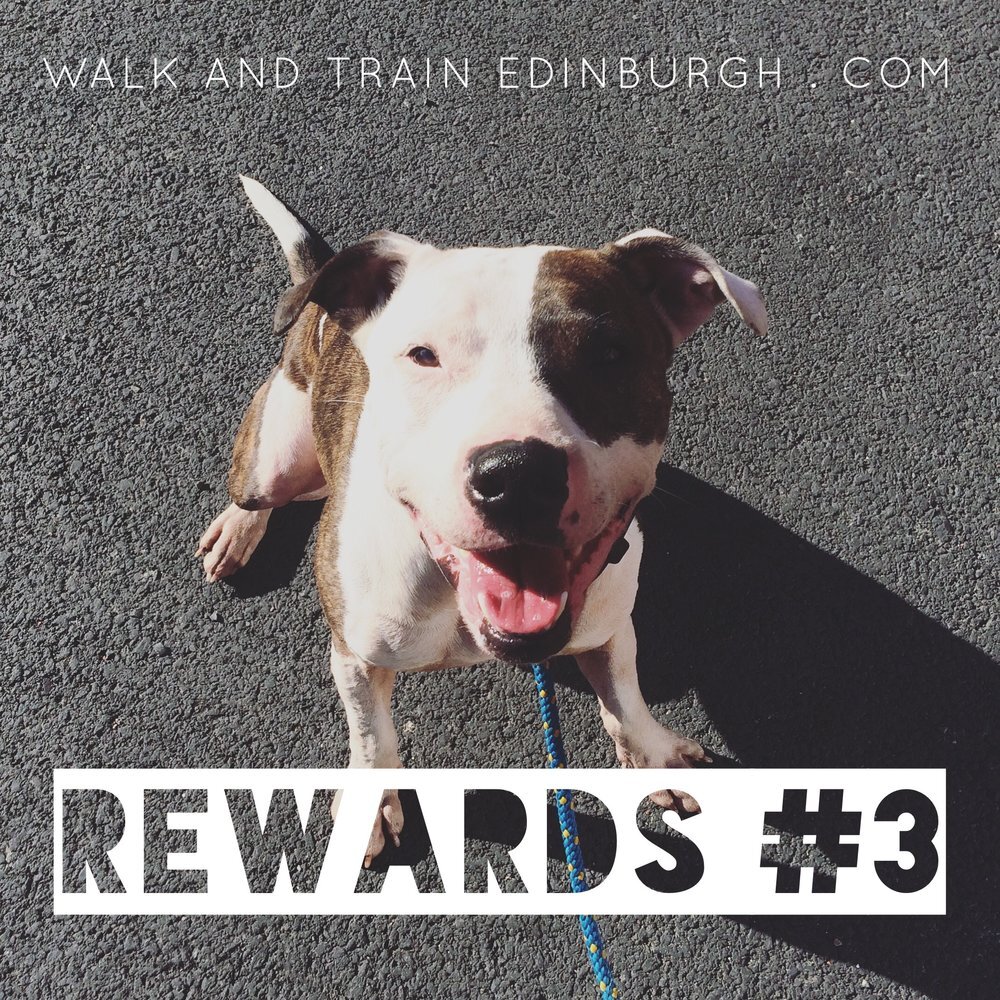
Rewards #3
What tools do you have to reward your dog? Do you have the ability to suddenly bring out a playful interaction? To get the dog to relax? To get it to engage and tune in with you?

Comfort Zone
Growth happens outside of your comfort zone - dog's and owner's. If you keep doing what you have always done, you will very likely stand still. Judging how far outside of the comfort zone that you can push the dog is crucial for effective training.
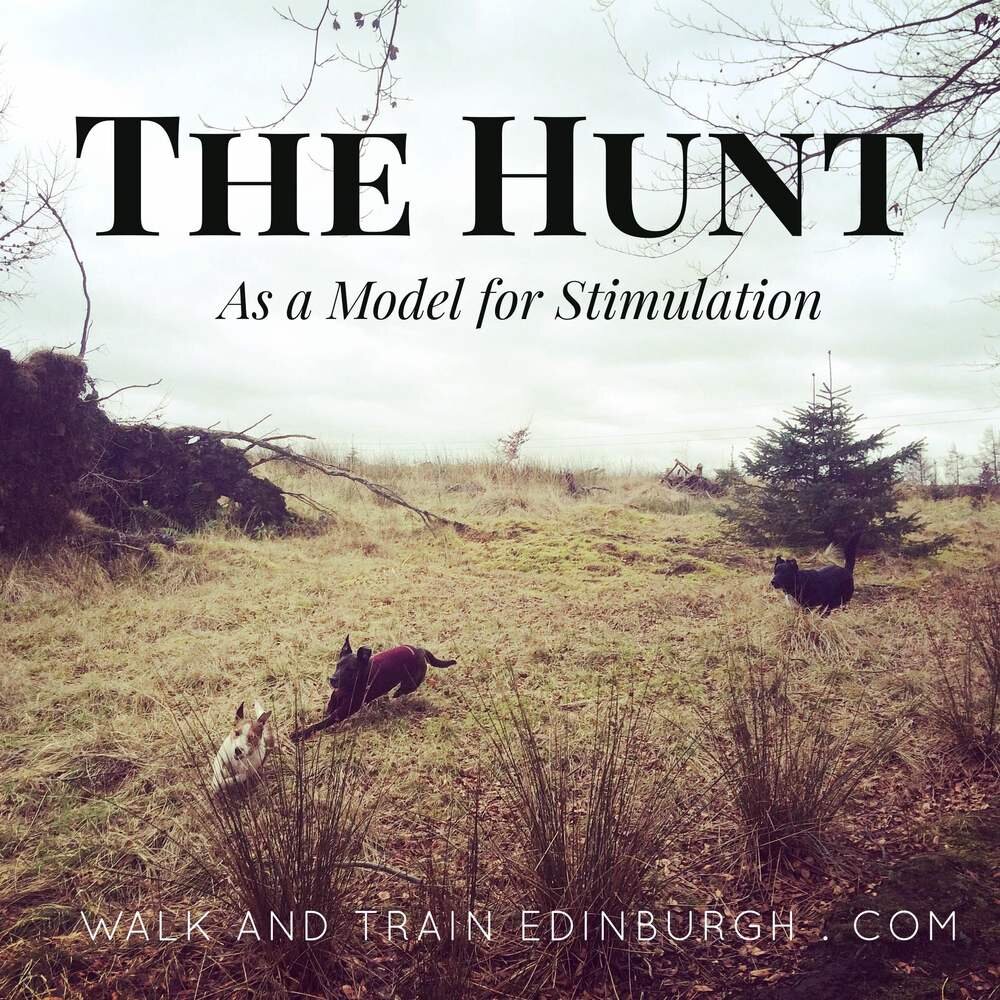
The Hunt as a Model for Stimulation
Understimulation and overstimulation have very similar symptoms and often produce restless and destructive dogs who are always on edge and struggle to relax. Looking at the activity levels of wild canids offers a really nice model of how to balance out your dog’s daily routine while providing biologically fulfilling activities. Dogs bred with a purpose will find a way to express the drives built into them, which can become problematic for the owner. If you rely on breed stereotypes, the Border Collie might start chasing bikes and runners, the Beagle take off exploring on its own when you are out walking, and the Staffordshire Bull Terrier it might start blowing up at other animals outside of the household… Part of any dog’s current predispositions and skills are shaped by previous experiences and conditioning – but a whole lot is also genetics. Honour your dog’s natural abilities by providing constructive outlets for their ingrained drives. Instead of letting your dog satisfy its needs on its own, you have the possibility to be the source of everything his or her heart desires - doing more together is the single best way to improve your relationship.

Rewards #2
What the dog practices, you will get more of. For example, if your dog barks at dogs or people on walks, you also need to make sure the dog does not get to practice this behaviour in any other situation, for example, at the window from inside the house or at the garden fence. If your dog is nervous of people, it is learning that barking is an effective way to keep people away. Person appears outside on the street, dog starts barking (behaviour), person keeps walking and goes away (reinforcer). Every time the behaviour is practiced, it is more likely to happen in the future.
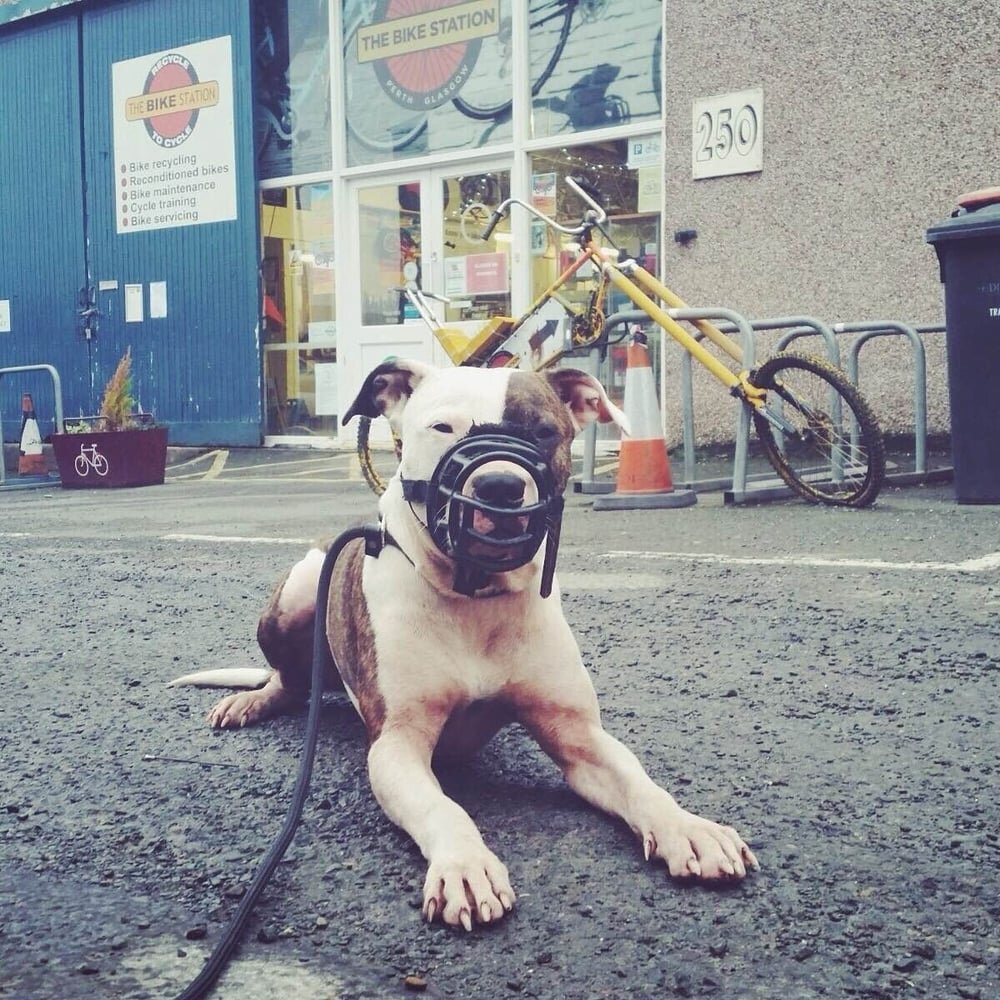
Progress vs. Perfection
There is so much negative stigma associated with muzzles, and many of our clients are very reluctant to have their dog wear one. If your dog has been appropriately conditioned to wearing a muzzle, it shouldn’t mind having it on at all. If your dog has or has had serious behaviour problems, it is your responsibility to respect your dog’s needs and your environment. If you want to be able to push your dog’s training forward and bring it into new, challenging situations, even if you are 99% sure it will do great, you always need to take safety above everything else. Not muzzling your dog because “it doesn’t look nice” is not only irresponsible, but also selfish.
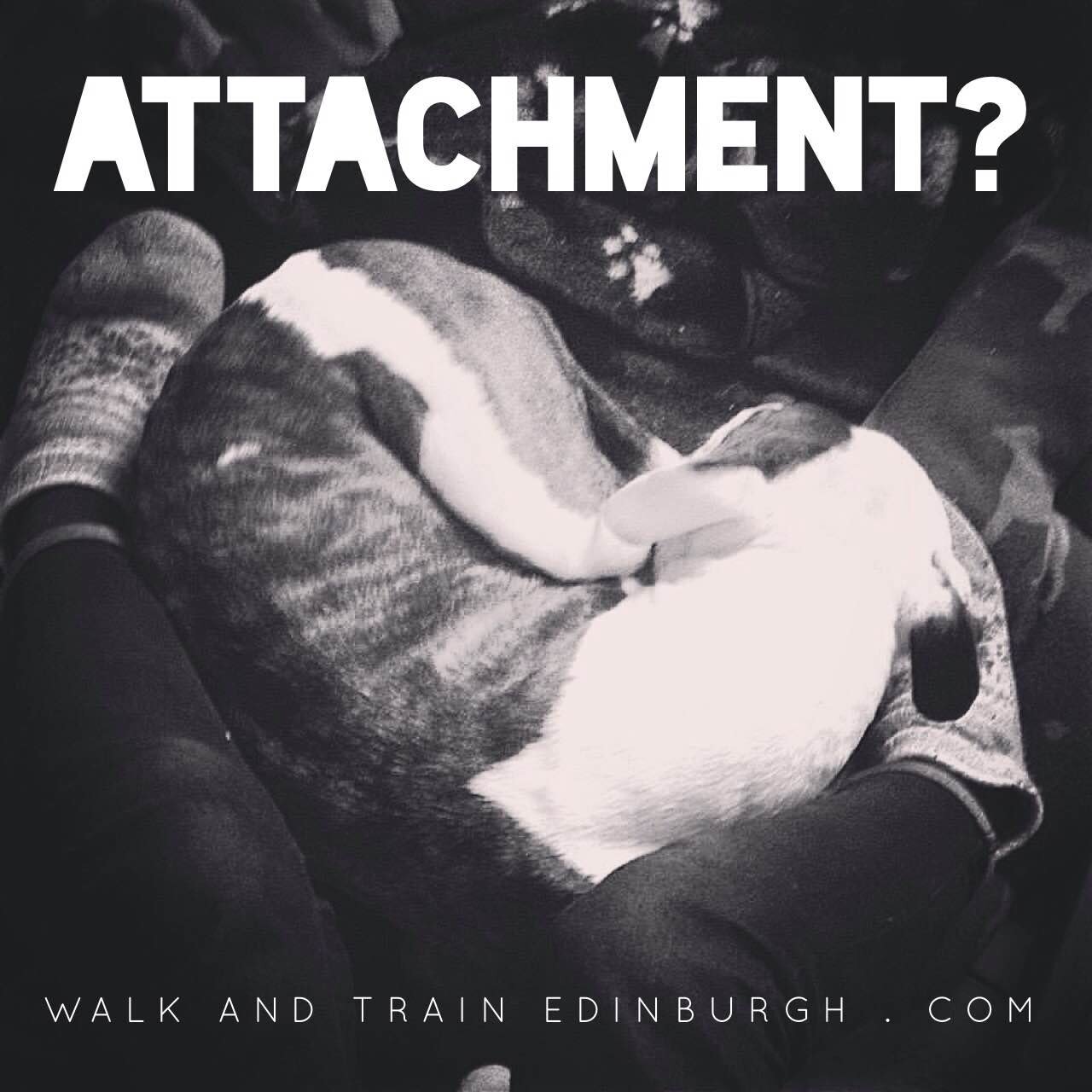
Attachment?
The insecurely attached dog is commonly known as the Velcro Dog, clinging to the owner and constantly following the owner around. Many dog owners are very flattered by this behaviour and will proudly claim "My dog is so attached to me that it even follows me to the bathroom!". Although it might at times make people feel needed and valued, this is not the type of attachment we want to promote in our dogs.

Crate Training
A crate can be a great management tool during training, prepare your dog for vet visits or travels, and be used when introducing new dogs to the household. However, in order to effectively use a crate, your dog must be appropriately conditioned to the crate. The dog needs to see the crate as a safe resting place.

Frustration Tolerance
This is a follow up to our post on Frustration. So if you are reading this, you are probably struggling with leash reactivity towards other dogs. I am a firm believer in always giving the dog a good training foundation before tackling the main problem. If seeing another dog is the most difficult situation for your dog to keep its cool in, you don’t want to be throwing your dog into the deep end. Start working on all other situations which elicit a similar response in your dog, and slowly build it up to the bigger challenges.

Frustration
I have seen a lot of dogs lately who have developed leash reactivity due to frustration. It usually starts off with a dog who is allowed to run up and greet every dog it sees when it is off leash. As the dog is very friendly and loves playing with other dogs, it isn’t really seen as a problem.

Food In Training
Using food in training can speed up the dog’s learning process, make them more motivated to engage with you, and makes desirable choices clearer. If you increase your dog’s food drive, these benefits of using food will also increase. The downside of using food in training is the risk of your dog becoming overweight and of feeding it a bunch of unhealthy treats. There is a misconception that you need to stuff your dog full of hot dogs and cheese as rewards. This post is intended to help you successfully use food in training while keeping your dog healthy and fit. If your dog gets over-stimulated or over-excited easily, please contact a trainer who can show you how to use food in an appropriate manner to prevent the dog from getting too aroused and thereby unfocused.

Itchy Dogs
Saying that your dog has “skin allergies” has become a bit of a buzz word. Allergic to what? Nobody really knows. If your vet tells you that your dog might have allergies, the next step should be to find out what kind of allergies. If you just keep giving your dog antihistamines, but keep exposing your dog to the allergen, it can be pretty exhausting for your dog’s body in the long run.

Problem Solving
Dogs have a natural ability and desire to solve problems. On this picture Fausto figured out that if he could climb up on the chair, he could get a better sun tanning spot. Pretty innocent problem solving. However, if you only ever satisfy your dog’s physical needs (body), but do not provide enough mental stimulation (mind), your dog might start satisfying that need in less desirable ways. This is where the under stimulated dog gets into trouble when it figures out how to get into the trash, how to open doors, or how to get into the neighbour’s garden. To prevent these problems from happening, we want to satisfy that desire in them through more appropriate activities.
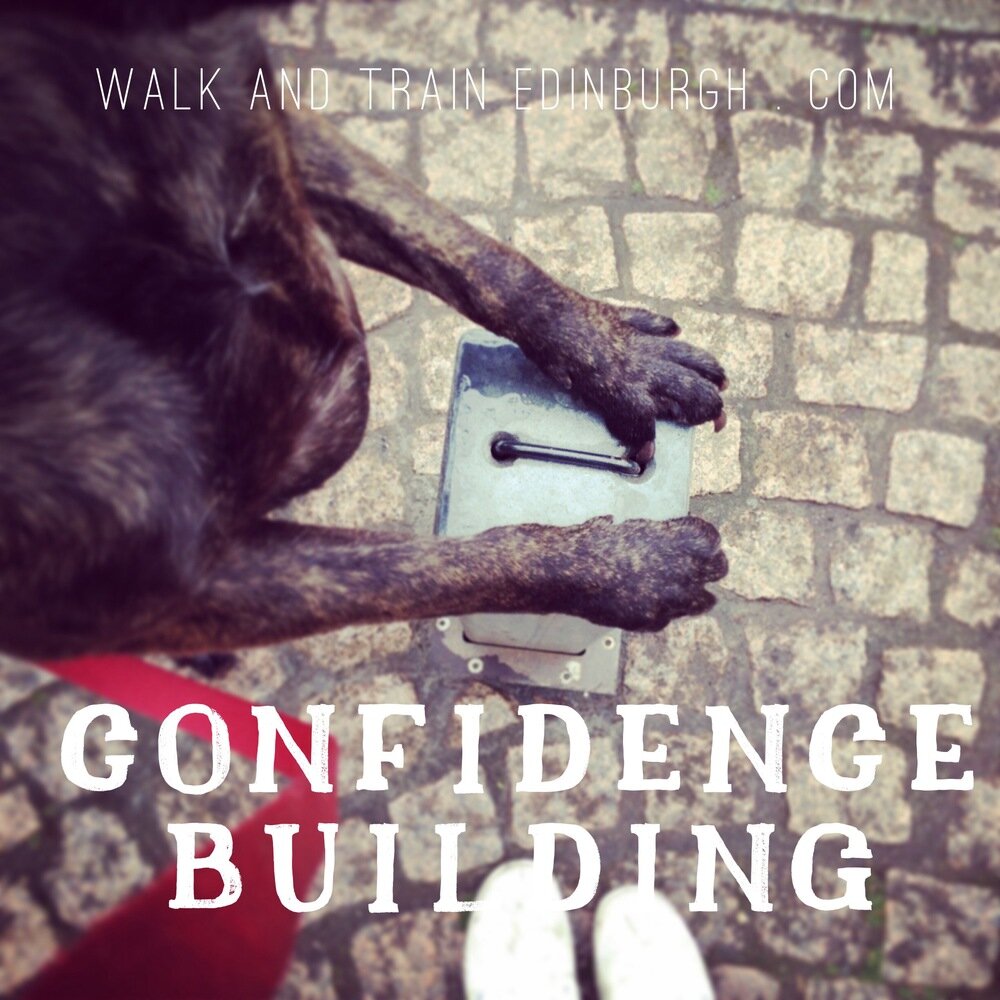
Confidence Building
Many dogs with reactivity problems are also very insecure. Instead of trying to work through the trigger head on, I’m a big fan of giving the dog a good foundation training first, identifying the root cause of the reactivity, and then working on improving the whole dog. This often reduces the intensity of the reactivity significantly, making it much easier to work through and more fair to the dog.

Sheep Smart
Lambing season is coming up, and being in Scotland, I thought I’d make a post on the most important things to keep in mind as a dog owner. Sheep worrying is a really big problem and is detrimental to farmer’s livelihood. Even if your dog does not catch a sheep, the mere chase can be so stressful to the animal that it can cause ewes to miscarry their lambs, or even die from the fear. Even if dogs are since long domesticated, and their morphological features are distant from those of the wolf, don’t let their fluffy appearance and big eyes fool you – they are still predators.

Introducing Dogs
This post is a guide on how to successfully introduce a new dog to your household. It can be used when introducing a new foster or rescue dog with unknown background into your home. You can use it for reactive dogs as well, but have extra safety measures in place, like muzzles, and move forward at a slower pace.

How to Choose Kibble
It is no secret that raw food is my dog food of choice, it is easy to prepare, all products are fresh and I can control exactly what goes into my dog’s food. It is also cheaper than high quality kibble. However, I realise that many people are limited in time, space and money and prefer feeding dry food. This post is dedicated to helping you choose the right kibble for your dog.

Change the Mind Through the Body
This is a follow up to the post Change the Body Through the Mind.
When working with dogs with very intense or deeply rooted emotional states, it can take a very long time to reach through in order to change their mind to such an extent that their physical behaviour changes as well. Addressing the body and the mind in conjunction is therefor the most effective way to help the whole dog progress.

Change the Body Through the Mind
Changing a dog’s behaviour can, in a simplified sense, take place in two ways: Change the dog’s mindset and the body will follow, or change the dog’s physical behaviour and the mind will follow.
In this post I will discuss the first mentioned. No matter what training approach you take, this is the most desirable process as the dog will be doing most of the work itself, and will learn most effectively from the experience. However, this process also takes much longer.

Disobedience
Dog owners sometimes complain that their dog doesn’t listen to them. A disobedient dog is not only inconvenient, and at times embarrassing, but can be dangerous to your dog and to others. If your dog doesn’t come when called, it could run away and get hit by a car. If your dog jumps on people, it could knock a small child or an elderly person over.
Here is a check list to troubleshoot your dog’s disobedience and find what aspects of your training might be preventing you from having an obedient dog.

Relaxation
Towards the end of the walk, when we stop, Rafa lies down to rest. After rigorous exercise, travel or hunt, it is in the dog's best interest to use every opportunity to conserve energy. Unfortunately, most dogs today have lost touch with their naturally balanced side, and struggle to relax outdoors.

Want more advice?
